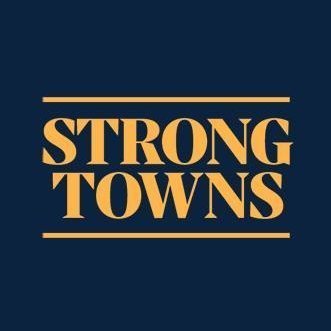
@StrongTowns
We're changing *everything* about the North American pattern of development. You can help make it happen by becoming a member today!

@StrongTowns
We're changing *everything* about the North American pattern of development. You can help make it happen by becoming a member today!